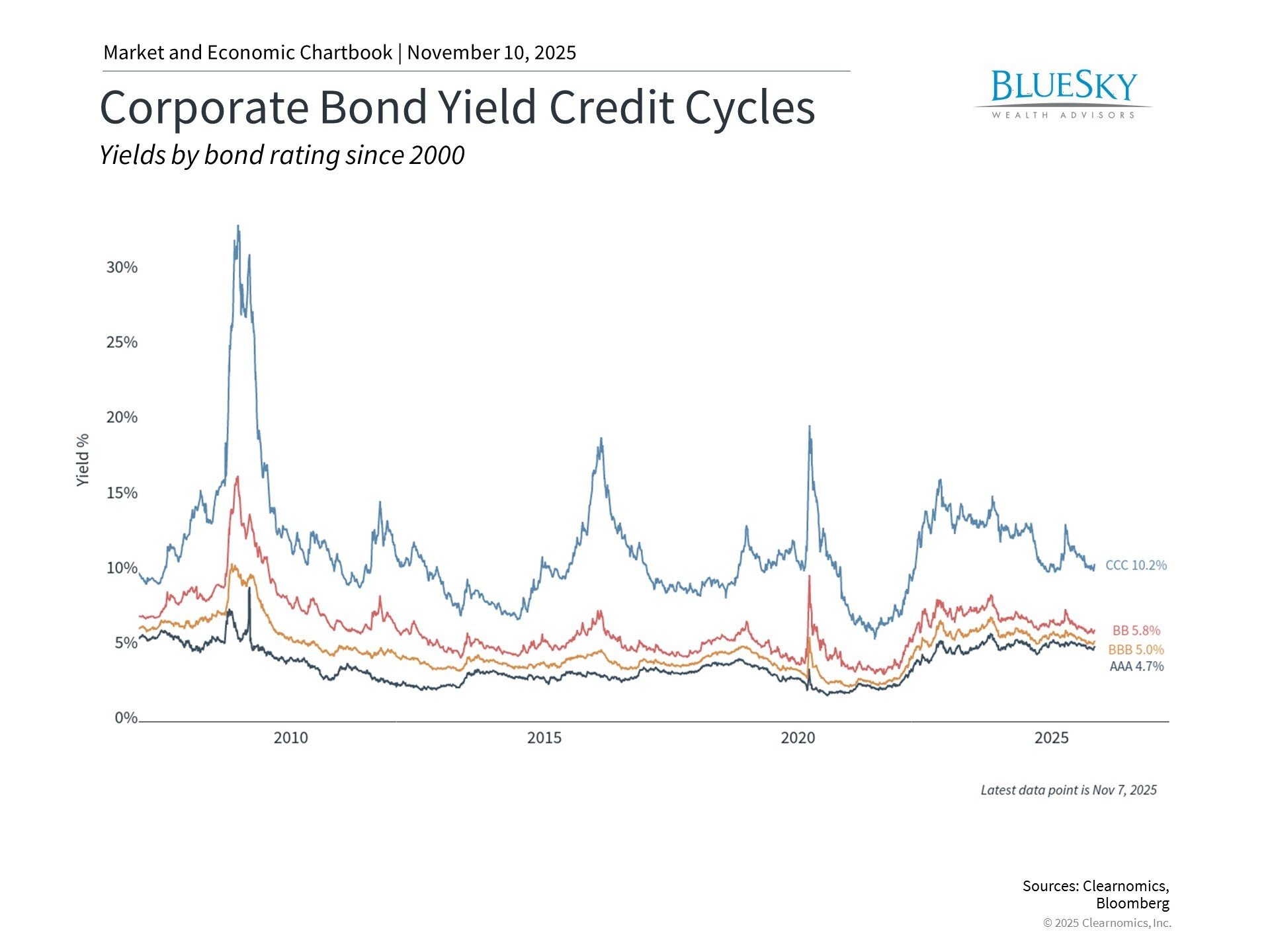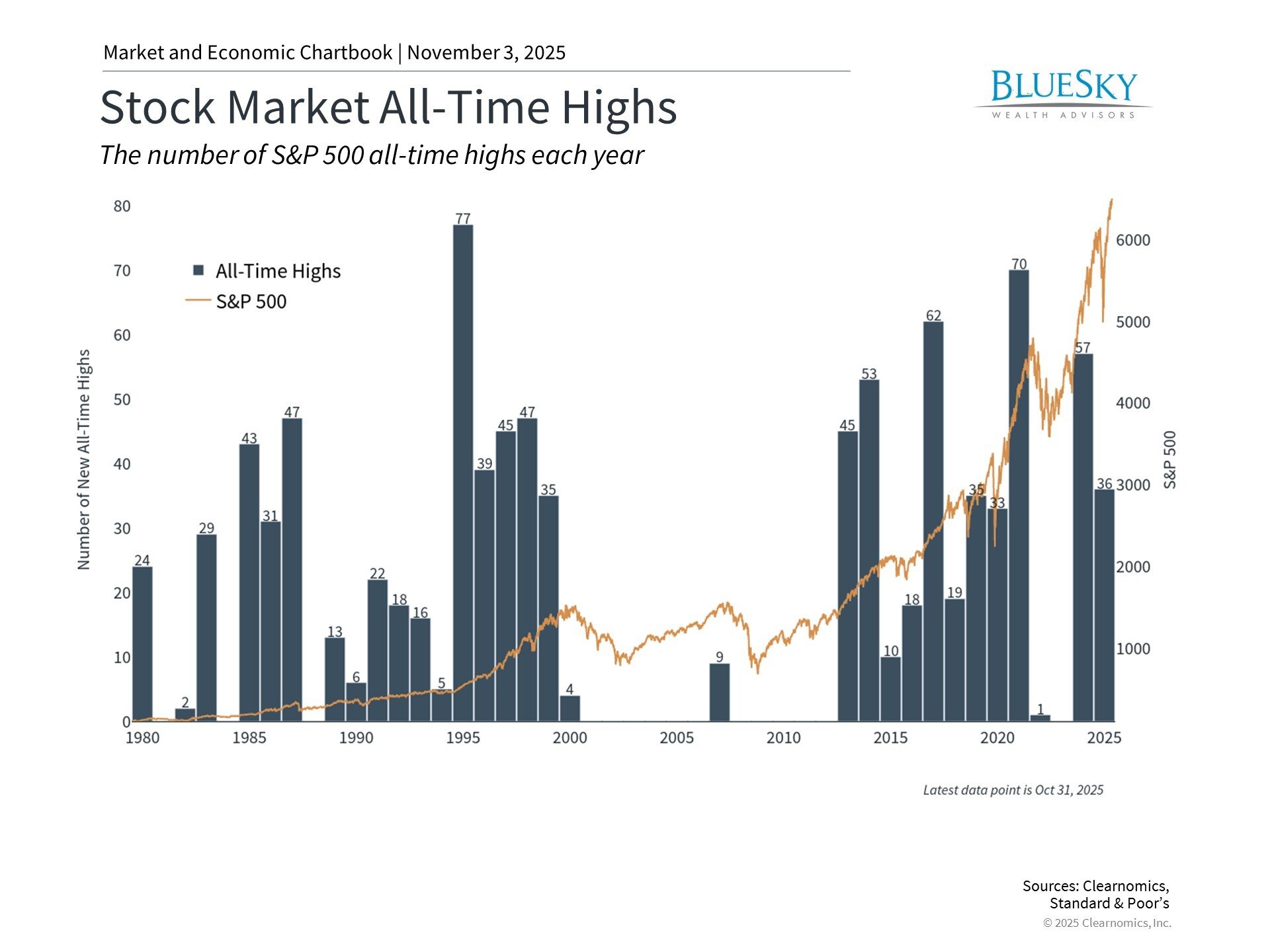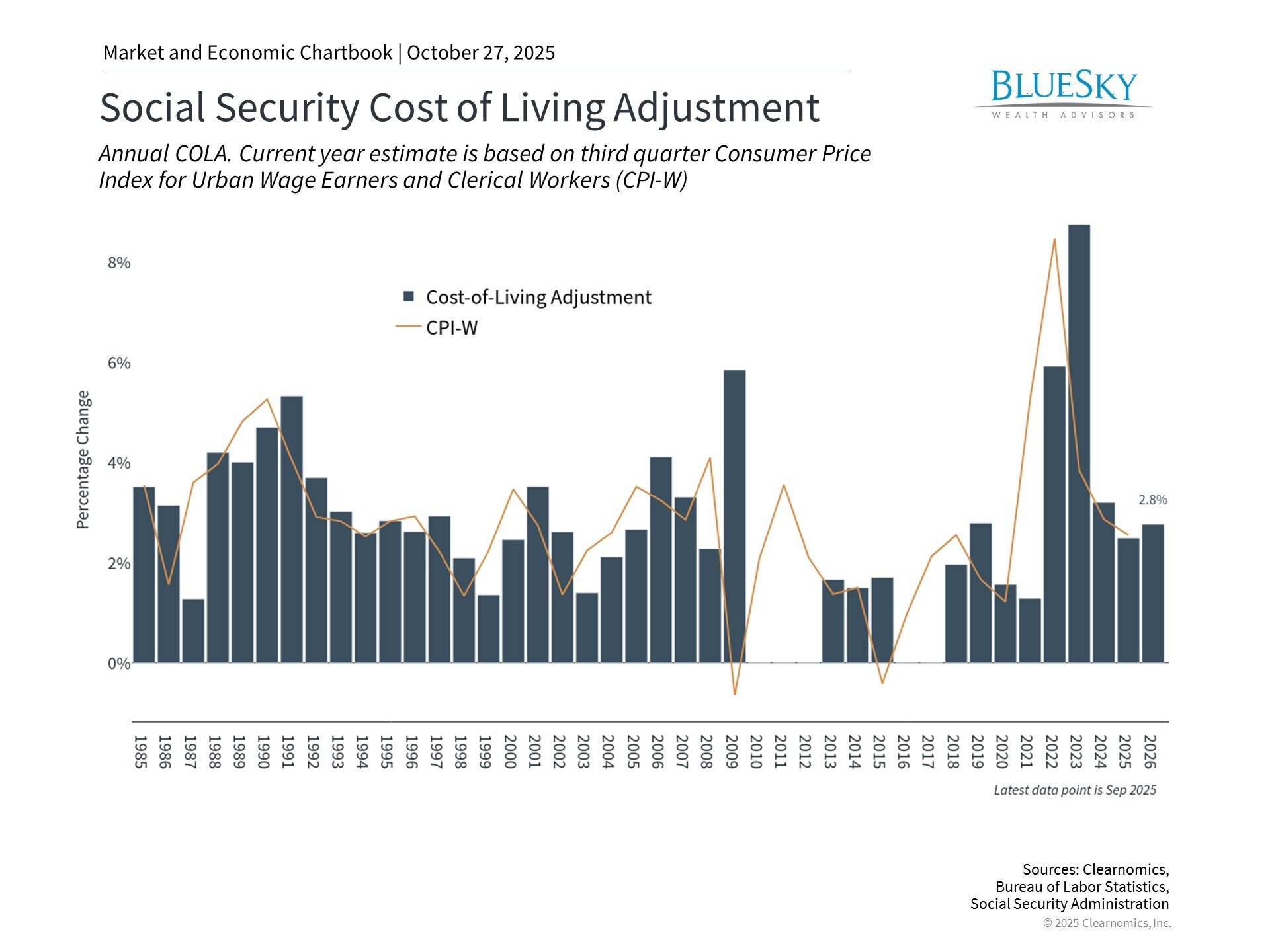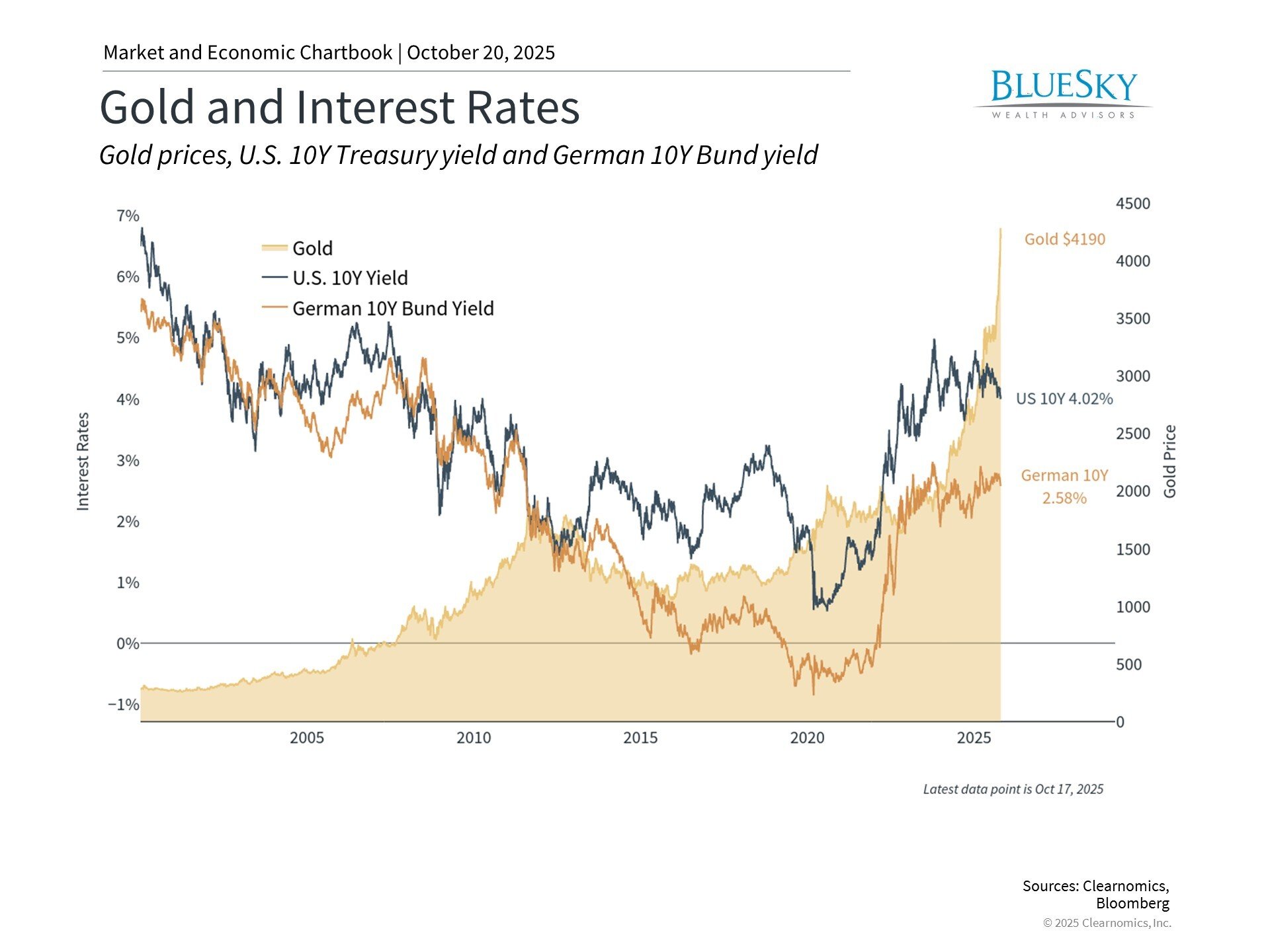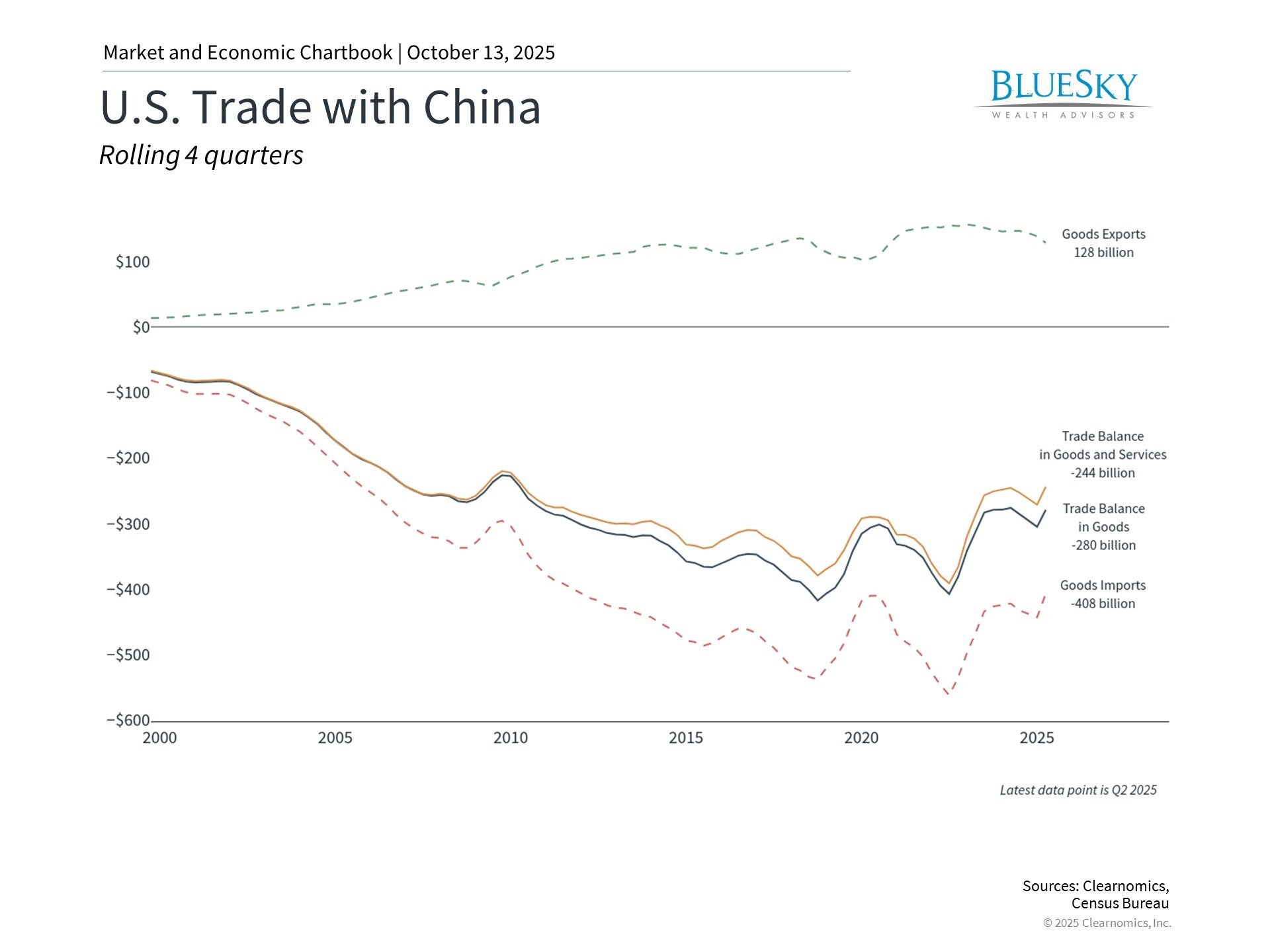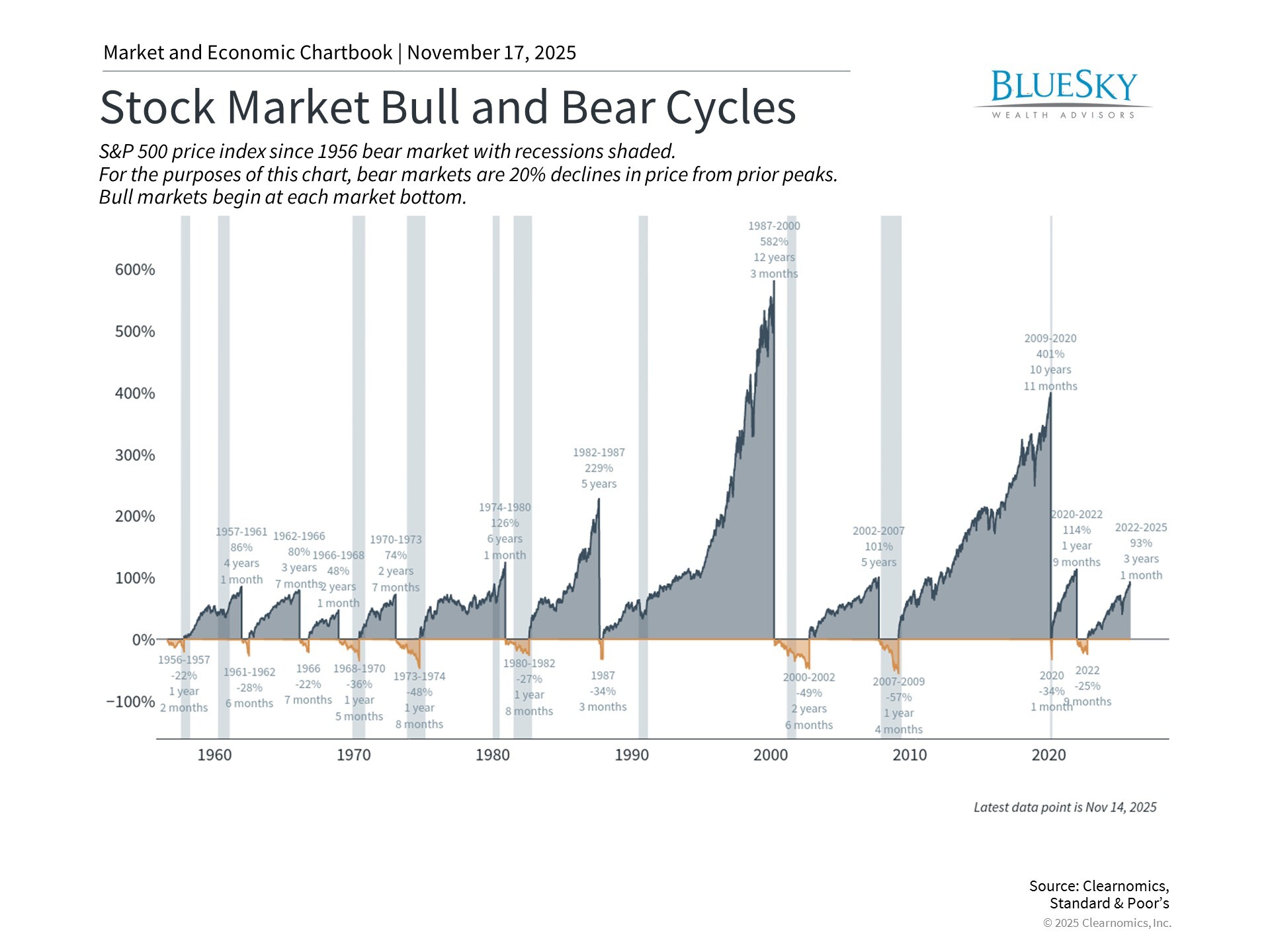
What Bond Markets Reveal About Fed Policy and Investment Opportunities
What Bond Markets Reveal About Fed Policy and Investment Opportunities
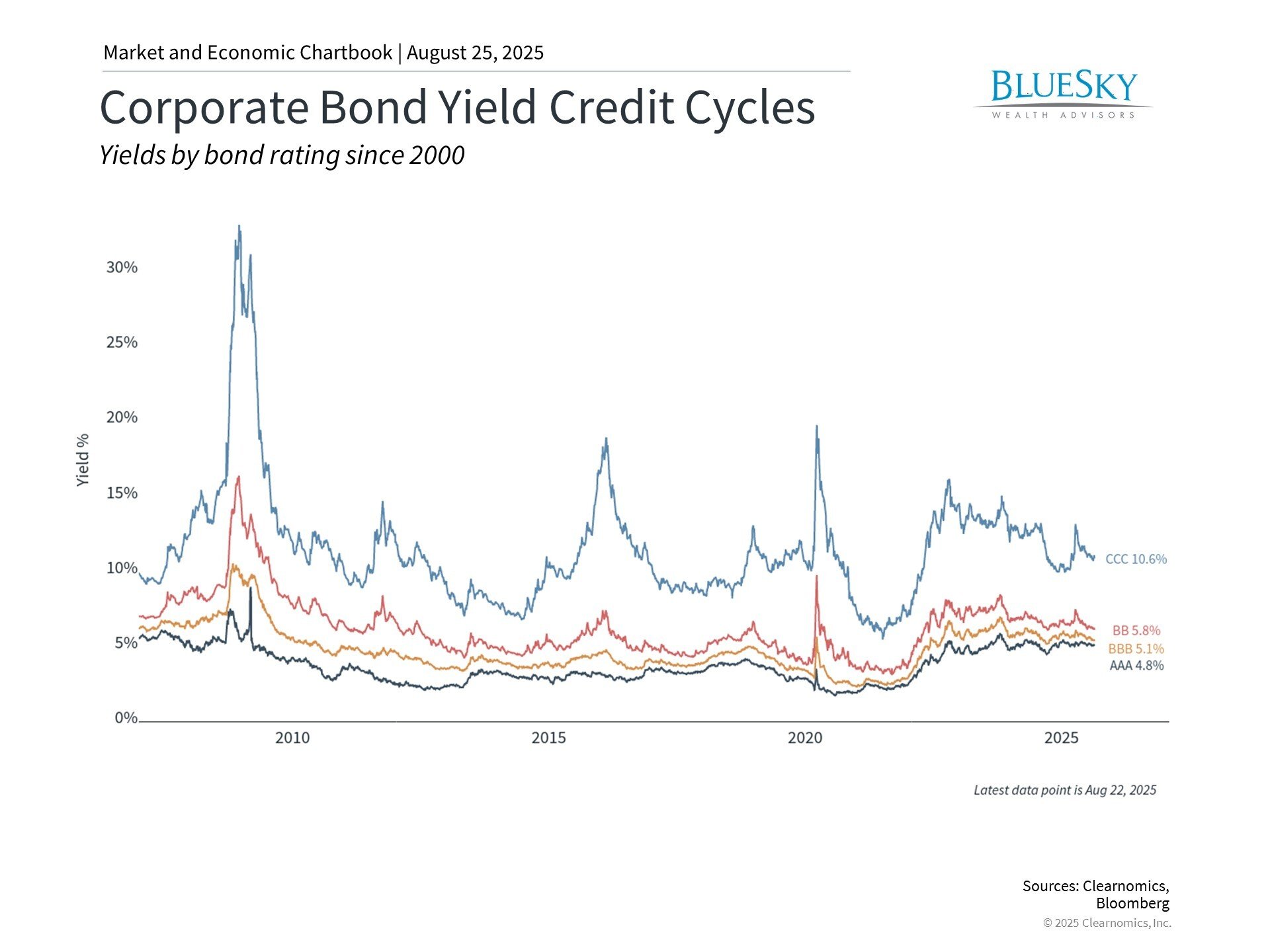
Federal Reserve Chair Jerome Powell's remarks at the recent Jackson Hole symposium have reinforced market expectations for a September interest rate reduction. Powell highlighted the Fed's challenge of balancing inflation concerns, including potential tariff impacts, with the need to maintain employment stability. With markets trading near record levels, investors appear aligned with the Fed's policy direction and maintain economic optimism. For long-term investors, understanding what these potential rate adjustments mean in the current environment is essential.
The importance of Fed credibility in market dynamics

The connection between Federal Reserve credibility and investor confidence plays a vital role in monetary policy transmission. Markets act as an important validation mechanism for central bank decisions. Although the Fed controls short-term rates, market forces determine longer-term yields that influence mortgage rates and corporate financing costs. This dynamic means monetary policy effectiveness depends heavily on investor trust in the Fed's capability to meet its objectives.
The 1970s illustrate what happens when Fed credibility erodes. During this period, rampant inflation undermined confidence in the central bank, leading bond investors to demand significantly higher yields as protection against purchasing power erosion. Conversely, the era following 2008 showed how Fed credibility helped anchor long-term inflation expectations. Even when the Fed's response to post-pandemic inflation was initially measured, their subsequent aggressive rate increases and clear communication helped restore market confidence in their inflation-fighting commitment.
Corporate bond yields provide an effective gauge of both Fed credibility and economic confidence. These yields reflect the premium investors demand for lending to businesses based on perceived risk levels. Generally, yields decline when economic conditions are favorable and corporate earnings are strong, while they increase during periods of financial stress or economic uncertainty. Corporate credit spreads similarly indicate how much additional yield investors require beyond risk-free government securities.
Current market conditions demonstrate robust confidence levels. Corporate bond markets provide compelling evidence, with credit yields and spreads reaching multi-year lows, as illustrated in the accompanying chart. High-yield credit spreads have also contracted significantly, showing investors' willingness to accept corporate credit exposure. This aligns with equity markets achieving fresh record highs, reflecting broad-based investor optimism.
Fed communications point toward easing

At Jackson Hole, Powell addressed the Fed's complex task of balancing inflation control with employment support. While acknowledging that "risks to inflation are tilted to the upside" due to potential tariff effects, he also noted "significant risks to employment to the downside." This balanced perspective reflects the Fed's dual mandate of maintaining price stability and full employment.
Current economic indicators highlight this balancing act. The Fed's favored inflation gauge, the Personal Consumption Expenditures Price Index, has increased 2.6% annually, with core PCE rising 2.8%. Both measures exceed the Fed's 2% objective, and alongside the Consumer Price Index and Producer Price Index, suggest businesses are starting to transfer higher input costs to consumers.
Meanwhile, employment conditions have shown unexpected weakness. July's employment report indicated only 73,000 new jobs were created, significantly below historical averages and economist projections. Revisions to prior months suggested greater labor market cooling than initially recognized. While unemployment has held steady between 4.0% and 4.2%, this stability partially reflects decreased labor force participation and immigration policy changes affecting worker availability.
The Fed faces uncertainty about whether tariff-driven price increases represent temporary adjustments or signal broader inflationary momentum. Currently, the central bank appears prepared for measured rate reductions.
Rate reductions benefit multiple bond categories

Anticipated Fed rate cuts carry significant implications for all market participants. Historically, declining policy rates support bond valuations, as existing securities with higher coupons become more attractive. Additionally, shifting rates and market fluctuations have traditionally benefited diversified fixed-income positions. These dynamics have contributed to the U.S. Aggregate Bond Index delivering a 4.8% total return year-to-date.
Regardless of long-term rate movements, current bond yields remain compelling. Treasury securities currently average 4.0% yields, investment-grade corporate bonds offer 4.9%, and high-yield securities provide 6.9%. For income-focused investors, these levels substantially exceed post-2008 historical averages.
Equity investors also benefit from lower rates, as reduced borrowing costs can enhance corporate growth prospects. Lower interest rates can support higher valuations by increasing the present value of future cash flows. Recent market highs suggest investors are already positioning for this favorable backdrop.
However, when credit spreads are narrow and market valuations are elevated, maintaining discipline becomes crucial. Compressed spreads may limit corporate bonds' upside potential and increase vulnerability to adverse conditions. Similarly, high valuations could constrain long-term return expectations.
This doesn't suggest avoiding equities or bonds entirely, or attempting market timing, but rather emphasizes maintaining appropriate asset allocation to manage these considerations. A properly diversified portfolio can capitalize on stable economic conditions and expected rate cuts while providing protection against unforeseen developments.
The bottom line? Strong market confidence in Fed policy direction, supported by solid corporate fundamentals, presents opportunities for long-term investors. Maintaining appropriate portfolio diversification remains the optimal approach for managing long-term risks and returns.
BlueSky Disclosures
Copyright (c) 2025 Clearnomics, Inc. All rights reserved. The information contained herein has been obtained from sources believed to be reliable, but is not necessarily complete and its accuracy cannot be guaranteed. No representation or warranty, express or implied, is made as to the fairness, accuracy, completeness, or correctness of the information and opinions contained herein. The views and the other information provided are subject to change without notice. All reports posted on or via www.clearnomics.com or any affiliated websites, applications, or services are issued without regard to the specific investment objectives, financial situation, or particular needs of any specific recipient and are not to be construed as a solicitation or an offer to buy or sell any securities or related financial instruments. Past performance is not necessarily a guide to future results. Company fundamentals and earnings may be mentioned occasionally, but should not be construed as a recommendation to buy, sell, or hold the company's stock. Predictions, forecasts, and estimates for any and all markets should not be construed as recommendations to buy, sell, or hold any security--including mutual funds, futures contracts, and exchange traded funds, or any similar instruments. The text, images, and other materials contained or displayed in this report are proprietary to Clearnomics, Inc. and constitute valuable intellectual property. All unauthorized reproduction or other use of material from Clearnomics, Inc. shall be deemed willful infringement(s) of this copyright and other proprietary and intellectual property rights, including but not limited to, rights of privacy. Clearnomics, Inc. expressly reserves all rights in connection with its intellectual property, including without limitation the right to block the transfer of its products and services and/or to track usage thereof, through electronic tracking technology, and all other lawful means, now known or hereafter devised. Clearnomics, Inc. reserves the right, without further notice, to pursue to the fullest extent allowed by the law any and all criminal and civil remedies for the violation of its rights.

